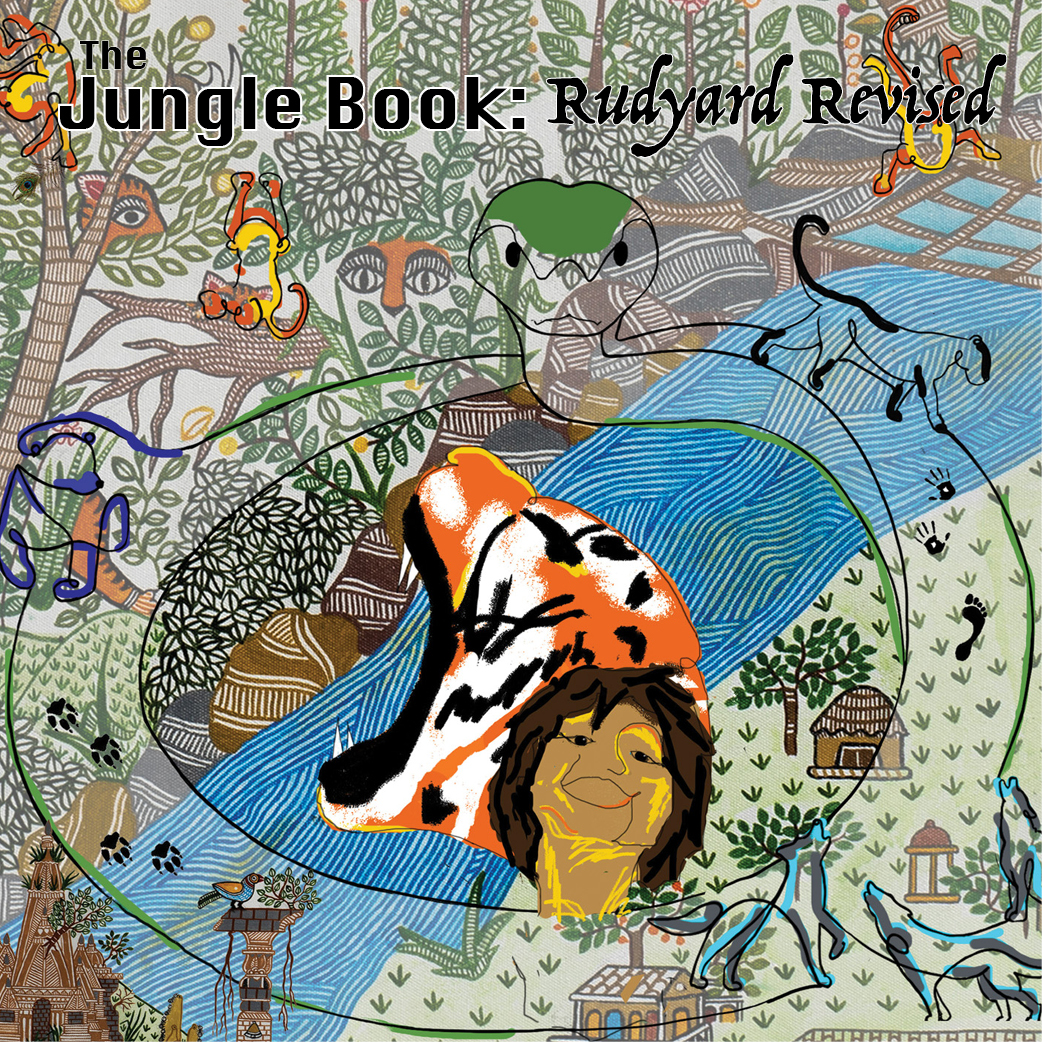
Every year, the EnActe Conservatory chooses a text to study and adapt into a piece of theater that explodes out from the source material. In 2019, the students decided on The Jungle Book. The beloved classic was originally written by Rudyard Kipling (a white, British man) and later adapted into its most well-known contemporary form, the Disney movie musical (a white-led company). Catch the drift?
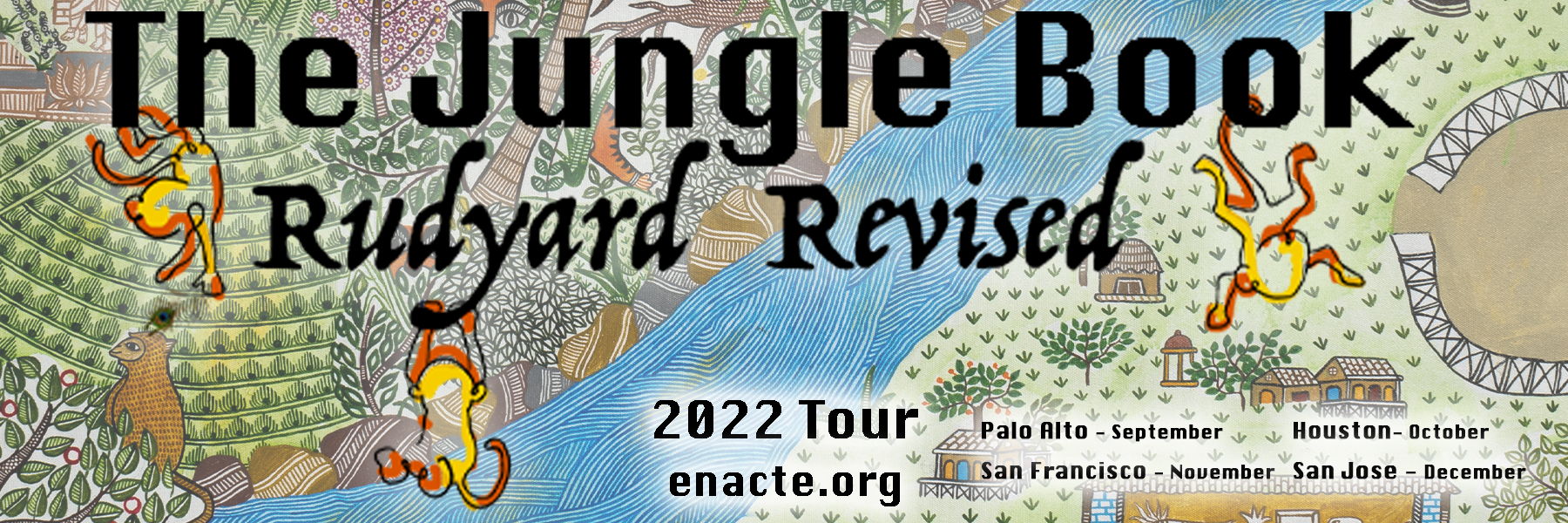
The Research
Fourteen authors aged 6 to 66 spent three months researching and understanding Rudyard Kipling’s complex history with the Indian subcontinent, as well as how the original tale celebrates and yet still erases parts of the jungle in which it is set.
Students considered modern theories of appropriation while also getting to know Kipling’s own feelings of abandonment, struggles with identity, and how India played a role in him finding a sense of belonging and home through the research provided by our dramaturg, Rashina.
These decades-spanning writers grappled with the complexities of what Kipling intended versus what his impact ended up being. And collectively, they wrote a beautiful show imagining how Rudyard might have told this story if he were aware of all of these things today.
Outside of the writers room, students faced a raging pandemic, a collapse of infrastructure surrounding public health, the Black Lives Matter and MeToo movements, refugee stories, tiger extinction concerns, climate crises with raging wildfires across parts of North and South America, and the increasing discussion around BIPOC representation in the arts.
Pawprints (forgive the pun) of this holistic approach to reimagining the original text are scattered throughout this revision of The Jungle Book – a story that has always been about a community at odds with itself, its beliefs, and its relationship with the community next door.
Revising Rudyard
The Conservatory’s research into Rudyard’s own journey as a neglected child and his ultimate problems as a white, colonialist writer led them to invite him into the story as a character capable of change and growth. Rudyard is a character in the piece – quite literally revising his own work on stage – all using words written for him by a well-researched, authentic and vastly diverse community of artists.
Drawing from the text we formed songs and scenes using some of Kipling’s original poetry infused with the students’ ideas and concerns. This framework allows for the joy of the original story and all of the lessons contained within it, as well as the added representation of how art – and indeed, community – can continue to evolve.
Telling the Tiger's Tale
The way the tiger is framed in the original neglects to acknowledge the realities of tiger extinction and the trauma that tigers themselves have faced. The Sher Baagh in this piece is “in a lot of pain,” as the actor portraying him – Karsten Freeman – put it. He is languishing in the jungle, the last of his species, as he watches the human village continue to drive him and other animals of the jungle to extinction.
After years of this trauma and watching his family get consumed by the human’s fear and violence, he is in no place to accept a human child like Mowgli into the heart of the jungle – the only place he feels even a little bit safe.
In many ways, Sher Baagh and Mowgli both are on a journey towards finding community, acceptance and healing after a life of abandonment. Whereas in the original telling Sher Baagh is portrayed as the vicious villain in the forest, we are hoping to use our art to dismantle that problematic stereotype of man vs. tiger.
We are partnering with Centre for Wildlife Studies’ Tiger Conservation efforts in India to help inform our storytelling as well as to uplift the work they are doing towards a sustainable coexistence between village and jungle. Read more about their work here: https://cwsindia.org/
Dreams for the Jungle
Our story imagines what it might be like if we could find a way to understand the history and baggage of all creatures – in this case, Sher Baagh, Mowgli, and even Rudyard himself. The process of writing our revision was inherently modern, filled with conversation, reclamation, and constant learning. As we explored this beautiful story, we wrote into it our dreams about how we might live sustainably and joyfully in community with ourselves, our neighbors and the earth. Oh, and we had boatloads of fun.
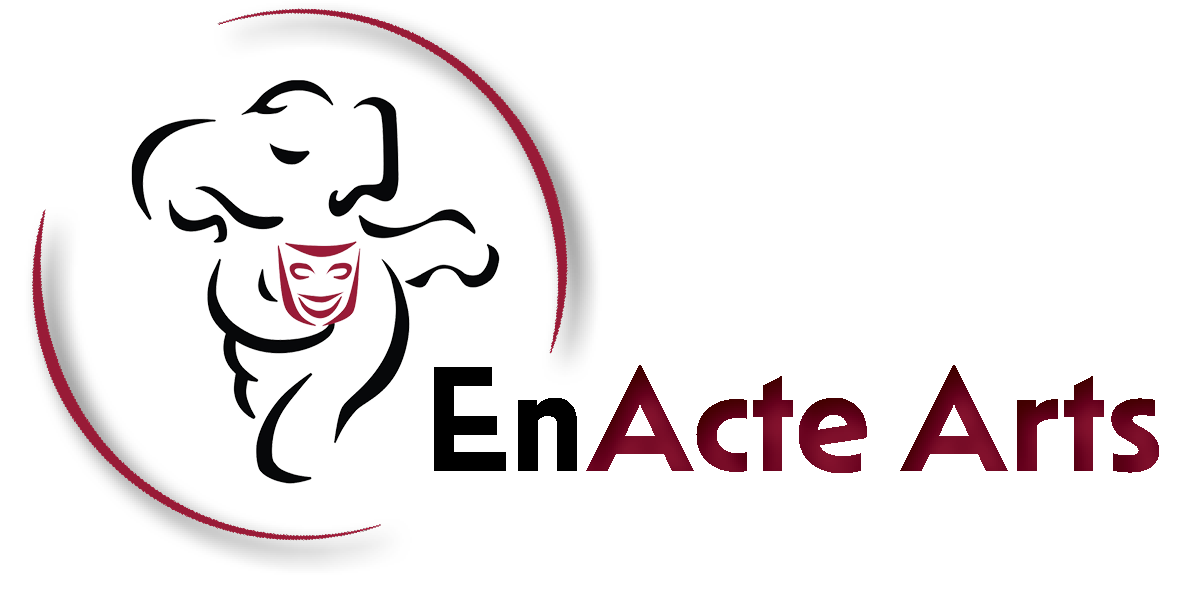
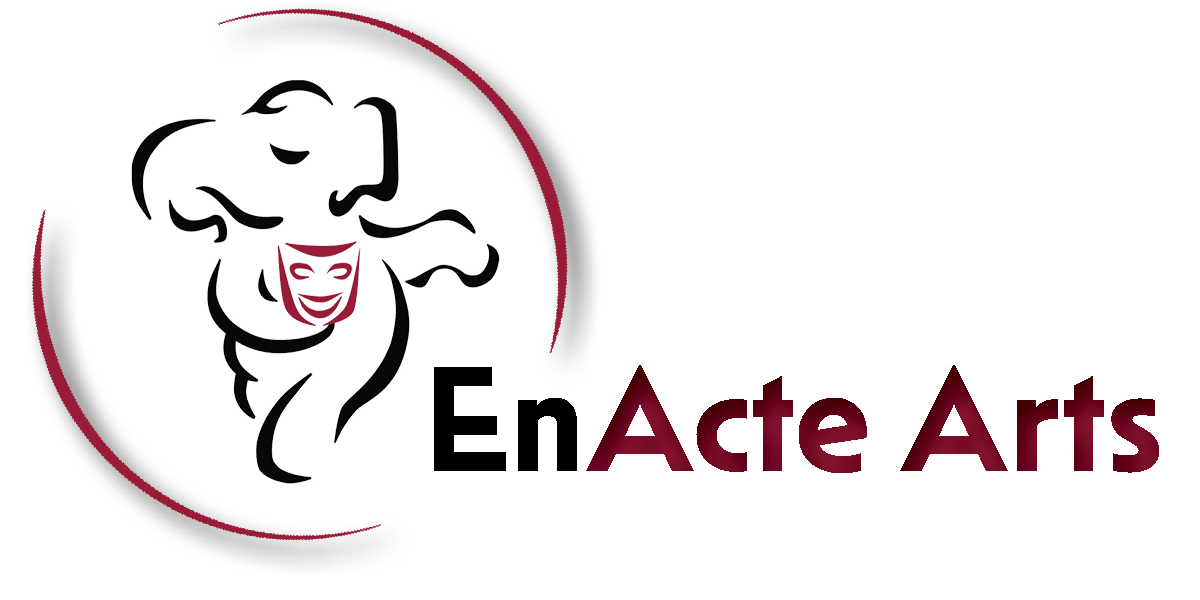

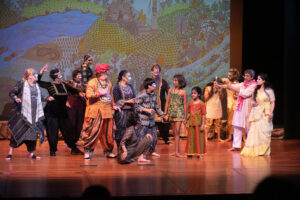
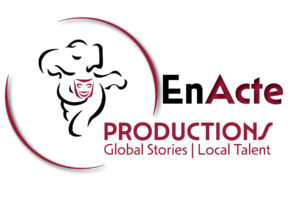
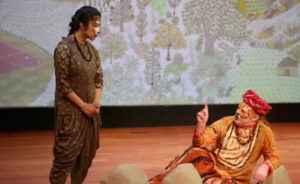

No comment yet, add your voice below!